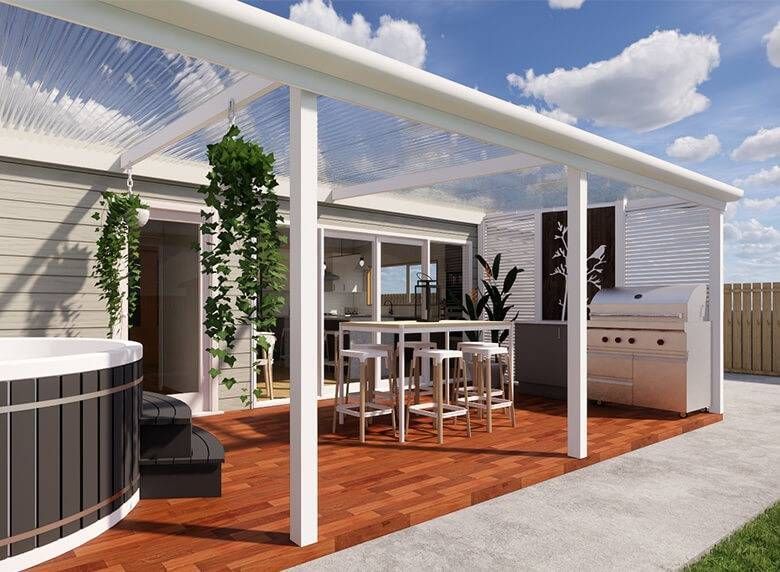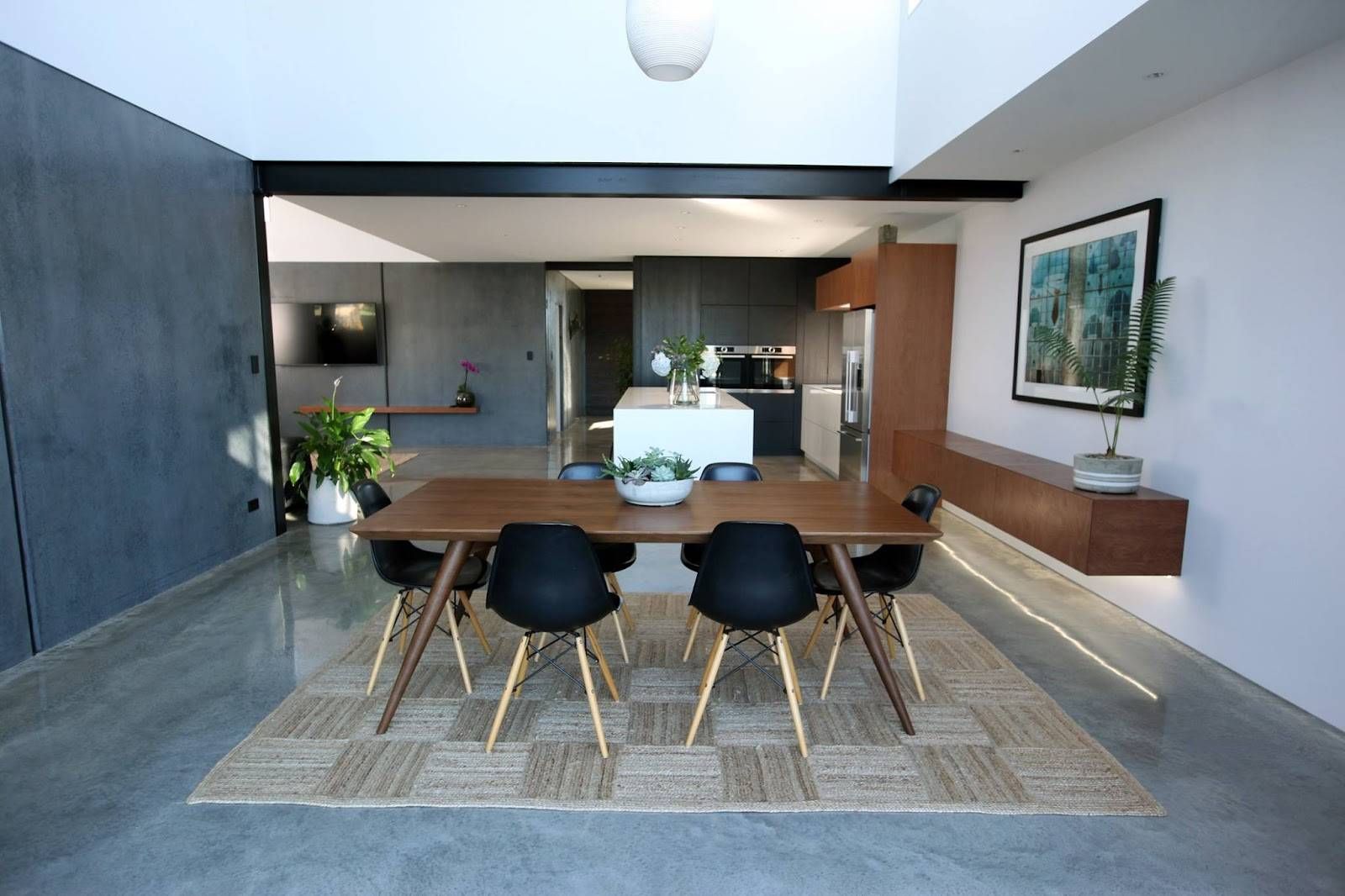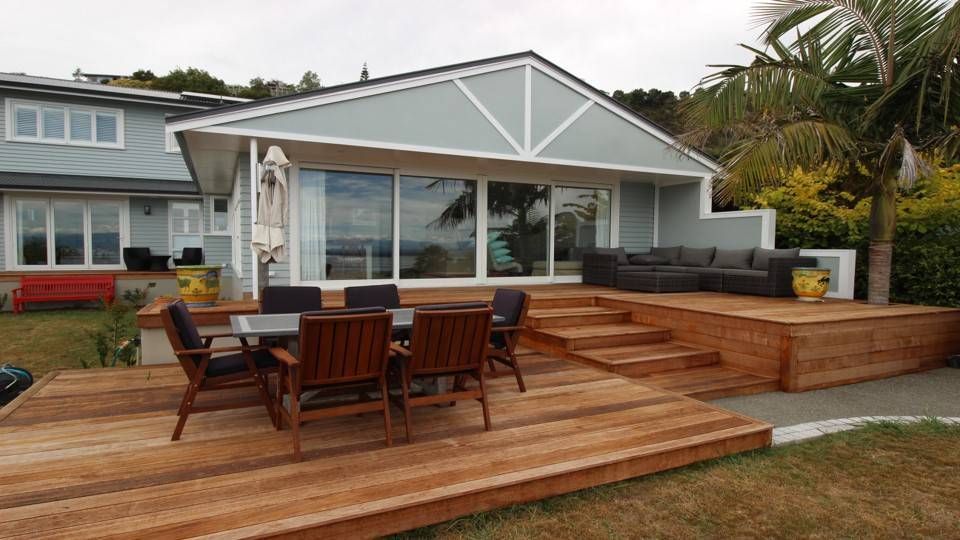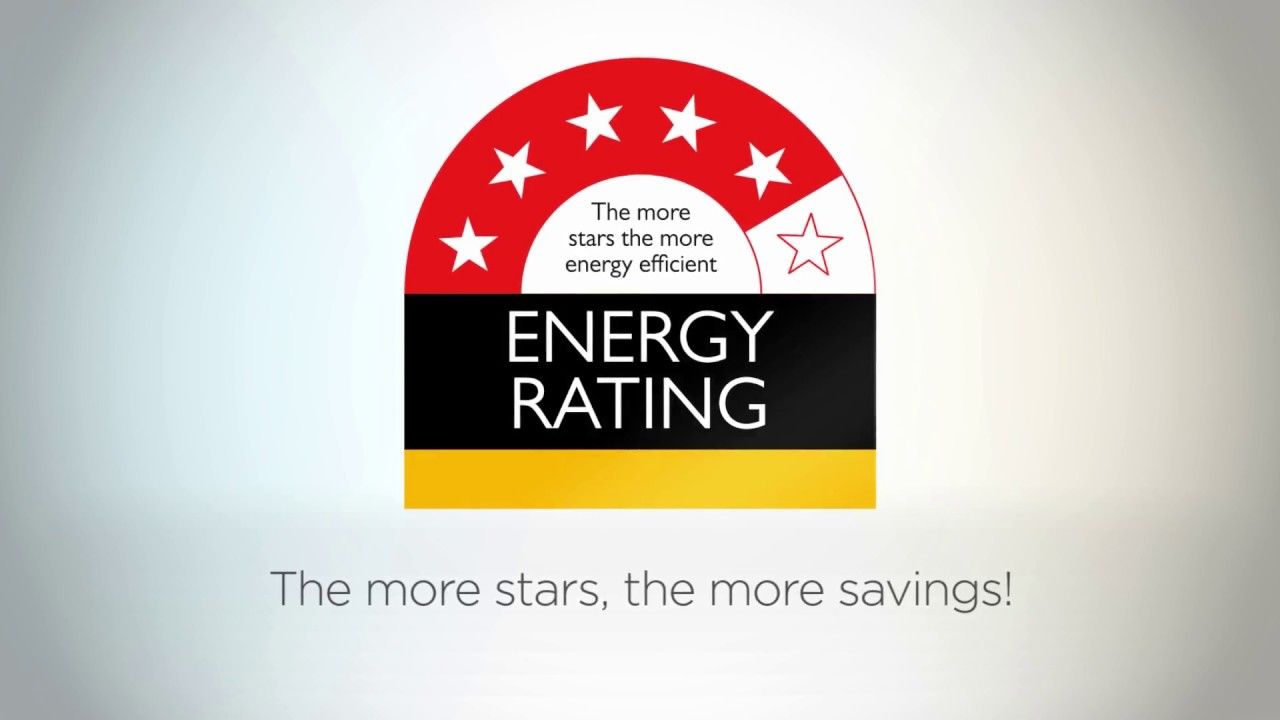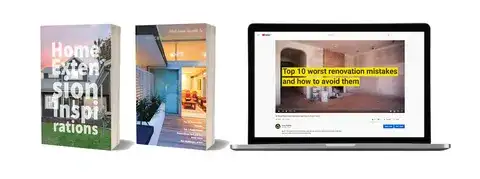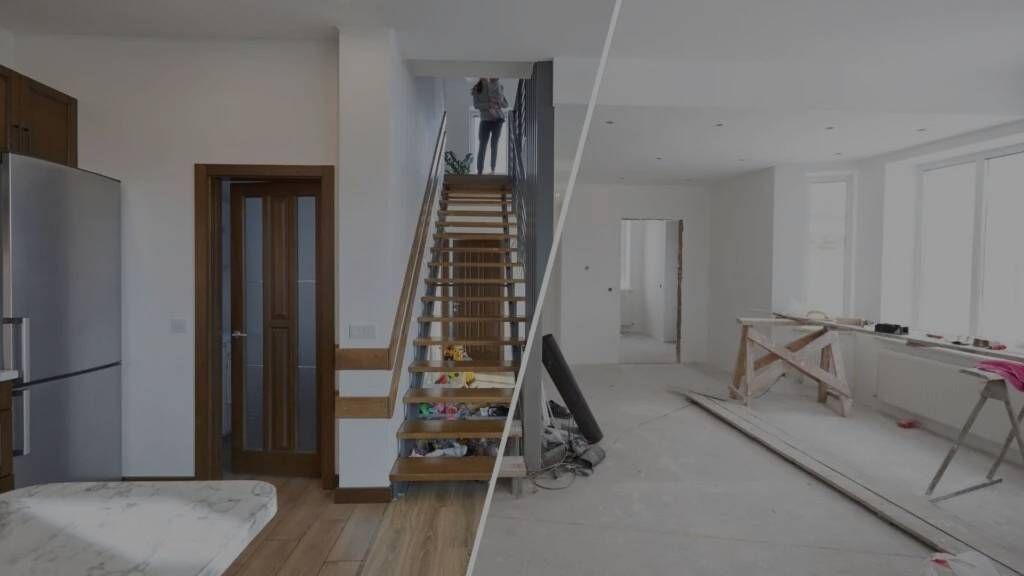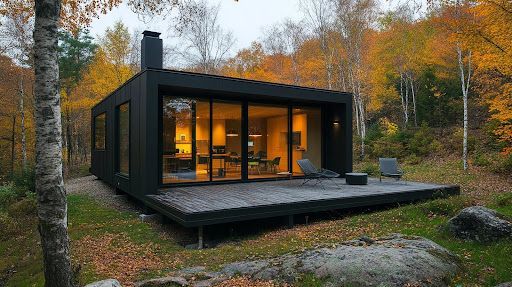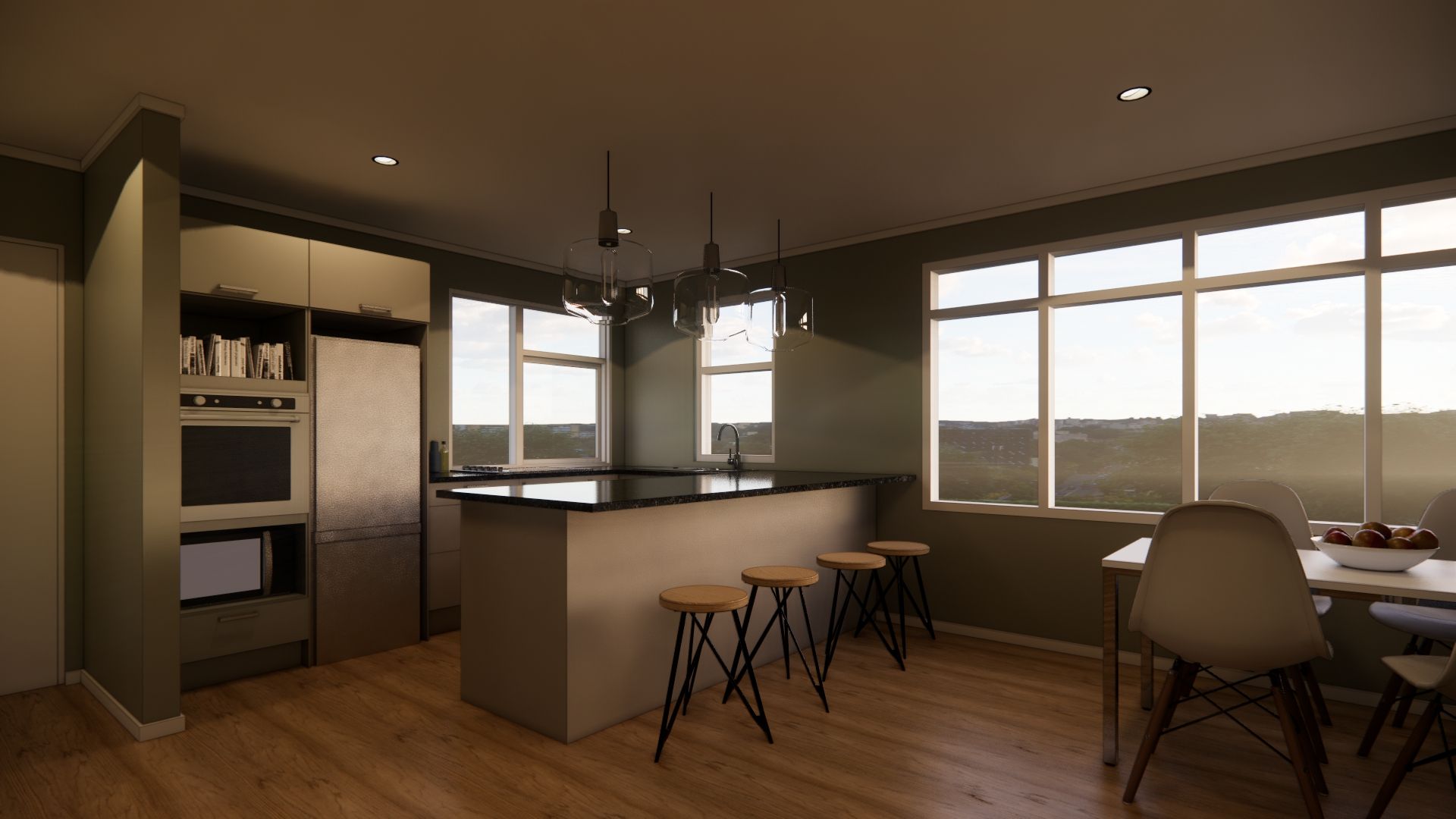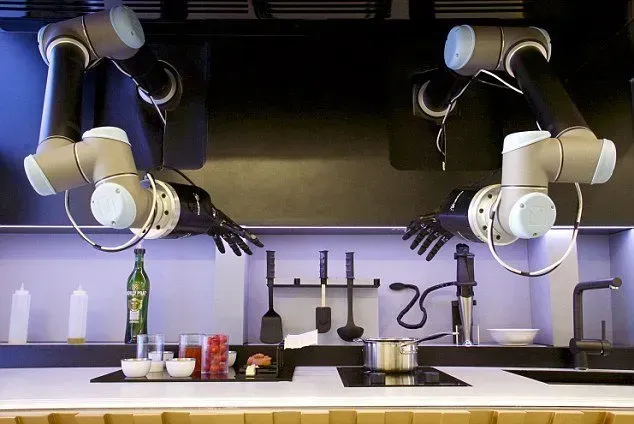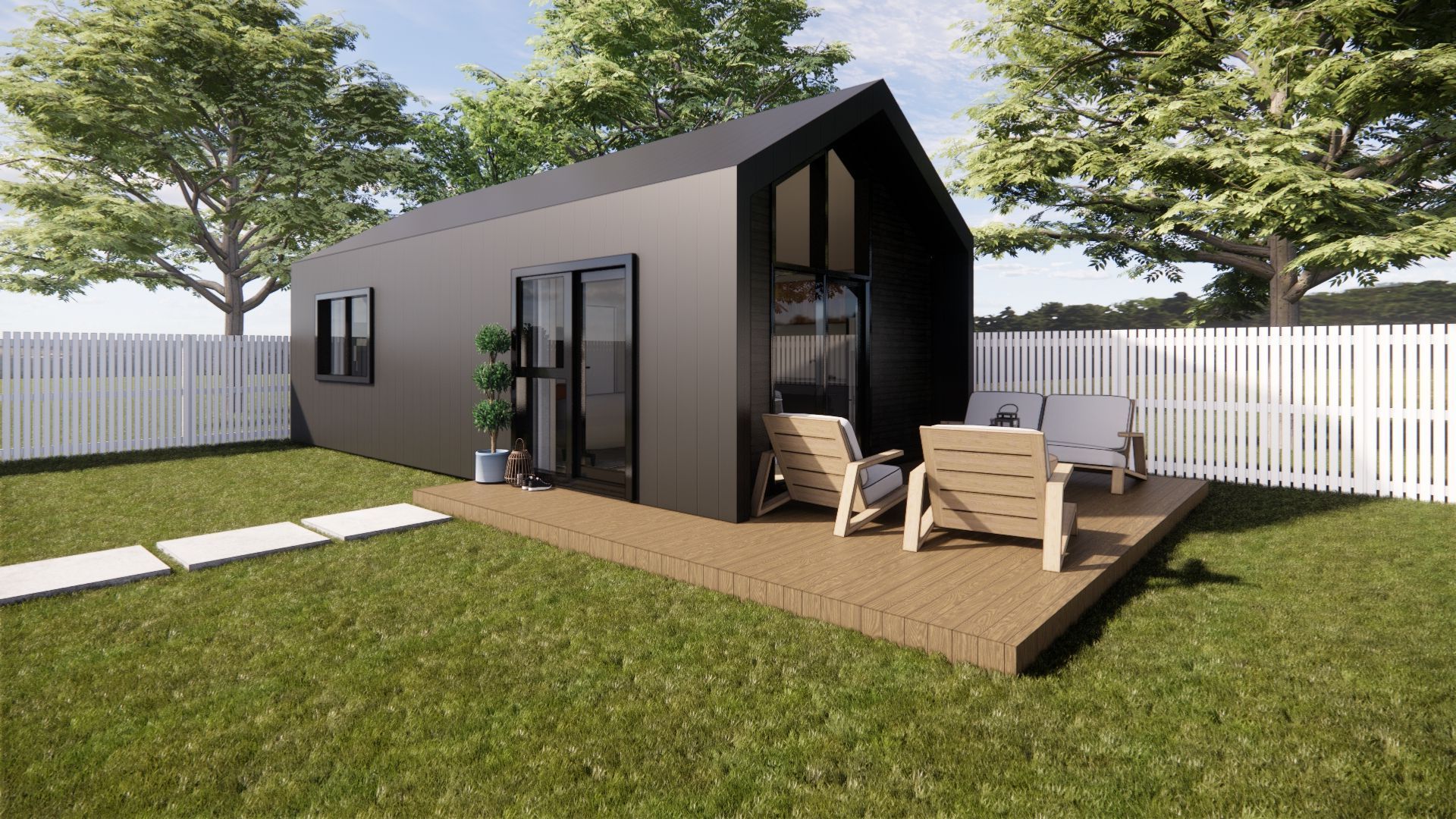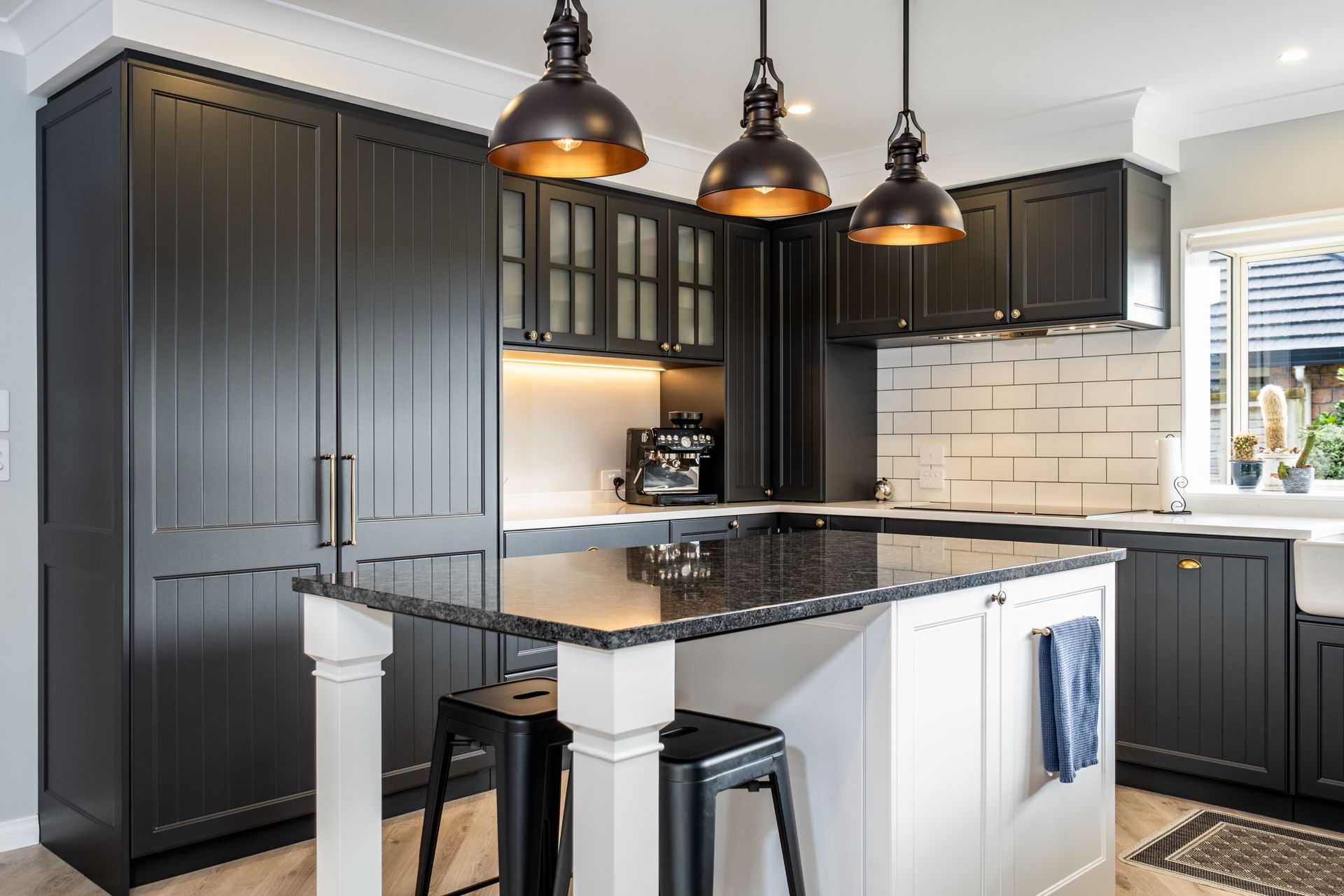We’re not going to talk about LED lighting as most of us have already converted our homes, but when you’re renovating, it’s the perfect time to consider how you might make better use of our most powerful resource, the sun, to light and heat your home.
Ideas for Renovating with the Earth in Mind
As we celebrate Earth Day 2023, we’ve taken the opportunity to put together some ideas on how to incorporate sustainable and Earth-friendly practices into our homes and home renovations.
Why is sustainability so important in our homes? The science is clear that climate change is upon us and the extreme weather we’ve seen in the upper parts of the North Island recently are a scary reminder that this is certainly an issue that is at our doorstep as a country. While it’s important for us to all do our bit for the greater good, these sustainable and eco practices also have tangible benefits for home owners – including saving you money.

What does sustainability in the home look like?
A healthy home
Unfortunately New Zealand still has too many cold, damp and draughty homes. Evidence shows that those living in homes that have been retrofitted with insulation are 10% less likely to develop serious respiratory illnesses – and children are 15% less likely. Other health factors include allergens and not-so-friendly materials and fixtures that could cause harm to you and your family.
An energy efficient home
One of the biggest ways to make an impact is to reduce the amount of energy required to power your home. That includes heating, lighting, all your appliances and more. Just adding insulation to your home can knock your energy consumption down by as much as 30%. That’s great for the planet and also great for your power bill. Another way to reduce the impact of your energy consumption is to employ renewable energy sources such as wind and solar power.
A home full of eco friendly products
When building, renovating or simply maintaining your home, you are faced with a plethora of decisions that range from big ("Which heating system shall I install?") to small ("What type of laundry powder do I buy?").
It pays to get into the habit of spending a little more time understanding the sustainability of any system or product you’re considering. Ask yourself "Is this product harmful to the environment? Is it likely to end up in landfill or can it be recycled? Is it healthy for my family? Will a higher quality product last longer and reduce waste?"
We acknowledge that eco-friendly options can often cost more upfront, in the long run they usually save you money via energy reduction, less need for replacement and improved overall health.
Make the most of natural light and warmth
The most obvious ways to do this are to improve your ceiling, wall and underfloor insulation and enlarge or reposition your windows and use double-glazing, which can be retrofitted into existing windows. Skylights or solar tubes can be added in windowless or shaded spaces to bring in light from the roof. The use of reflective surfaces will channel more light into your home and there are many materials which absorb and store heat from the sun. It pays to open up your home to more natural light and passive heating from the sun because once you’ve done it, there are no further costs.
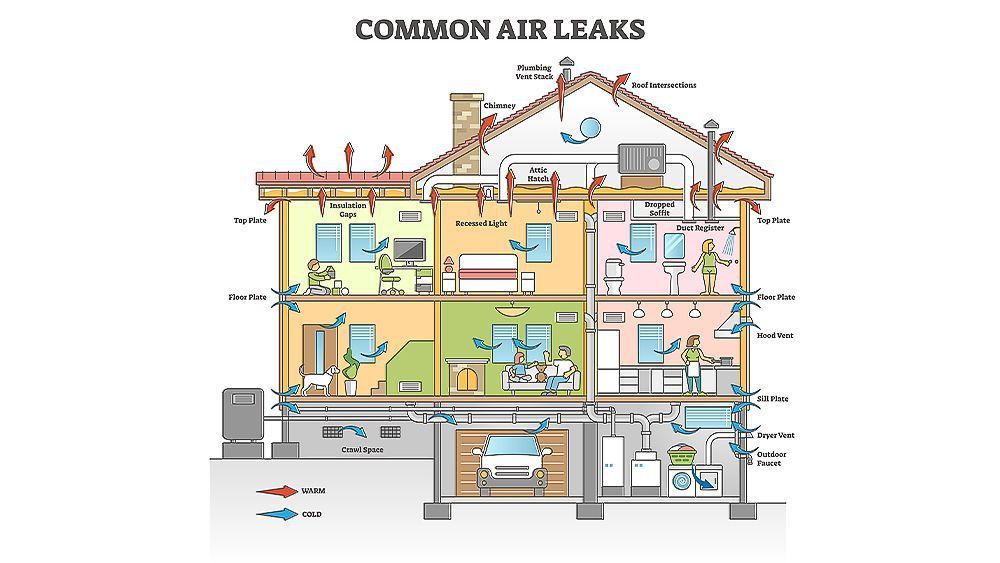
Eliminate air leaks
You may be wondering why we didn’t using the word “draughts” but crafty old air can go two ways – it can sneak in as draughts, and out as leaks which allow the warmed or cooled air in your home to escape. Either way, you’ll never optimise your home’s energy efficiency until you plug those leaks. Imperfect seals around doors and windows are obvious leaks, but downlights, fans, floorboards and electrical outlets may be less obvious.
The New Zealand Building Code has no standard air tightness but many other countries specify that homes must have as little as one air change per hour (a measure of how often the air in a space is replaced). New Zealand houses often have 7 to 10 times that amount of air coming in, which means they suffer from substantial heat loss and poor energy efficiency.
Use sustainable, recycled and eco friendly materials
Selecting energy efficient appliances is a great way to reduce your electricity needs and carbon footprint at the same time - win win! Most new appliances will be displayed with an energy rating sticker - the more stars highlighted the more efficient the appliance is. The Gen Less Appliance Efficiency Calculator is a great tool when scoping out new appliances.
Flooring Products
Synthetic carpets are popular these days but are often manufactured using toxic products and unsustainable techniques – plus they may contain VOCs, a group of chemicals that are found in many products we use to build and maintain our homes. Once these chemicals are in our homes, they are released or “off-gas” into the indoor air we breathe. That's why we recommend taking a second look at an eco-friendly alternative – good old New Zealand-made wool carpet, which is natural, long lasting and biodegradable.
Paint
If you've ever painted a room and then left with a headache, you won't be surprised to find paint is a product often loaded with chemicals. Look for low-VOC paints that are waterbased. Resene, Natural Paint Co and Porters Paints are just some of the paint makers with eco-friendly options available.

Start using the sun or wind to power your home
The two big players in clean energy are wind and solar. On a national scale, they reduce our dependence on fossil fuels and make us more energy self-sufficient as a nation. You can even generate your own solar or wind energy at home, saving on your power bill as well as gaining access to back-up power in the case of emergency.
But what’s involved in each and which is a better fit for you?
Solar Energy
The great thing about solar power panels is that they are typically installed up out of the way on your roof, so they go about their business in silence, don’t take up any space and don’t detract from your home’s visual appeal. The only downside is that their ability to produce power is dependent on the sun, although modern photovoltaic cells are more efficient than they were and can continue to produce power even in dull weather conditions. And of course, solar power battery storage is dramatically changing how people use and consume solar power, enabling you to store the excess power you generate for use when the sun isn't shining and at night.
Wind Energy
At Pzazz Building, we’re doing our bit for the planet by helping homeowners around New Zealand to renovate more sustainably
For advice and ideas from our Design Team, go to Pzazz Design
To talk with your local Pzazz Building Affiliate, go to our Contact Page
Like more home inspirations, ideas and tips?
Subscribe to our Come Alive! Newsletter
It's FREE and comes to you via email every month providing informative articles, tips and ideas!
Newsletter Form
Visit our FREE E - Library
Have you thought about renovating but don't know where to start? Browse and download a variety of E-Books and other resources that cover tips and tricks, latest trends and renovation processes.
